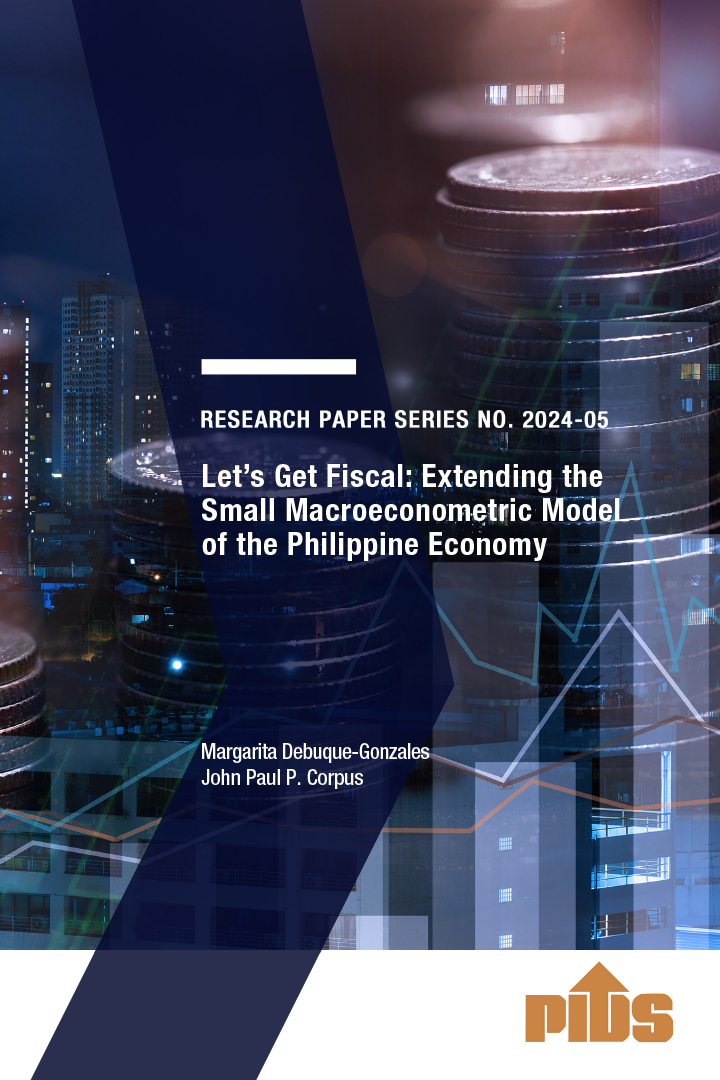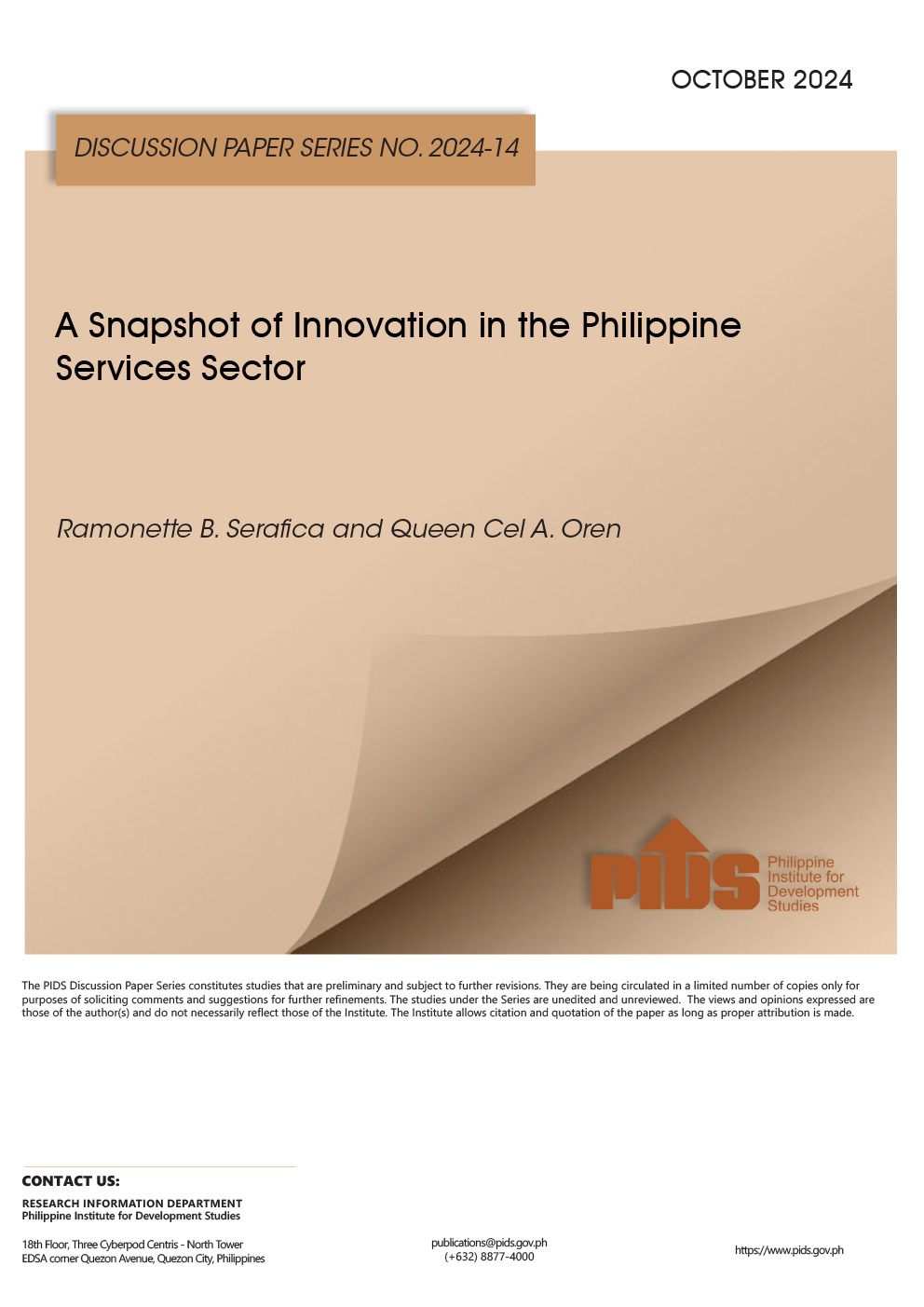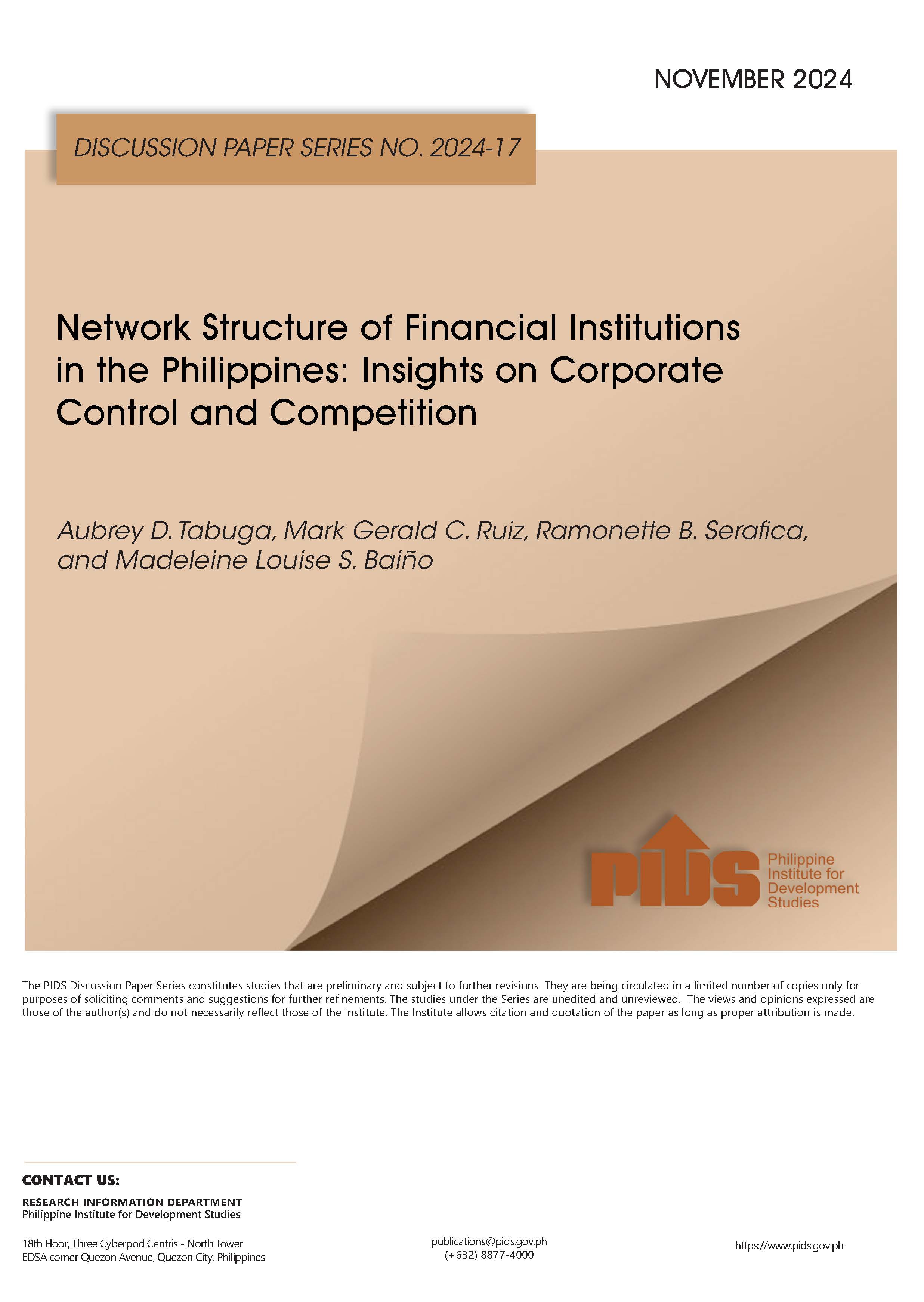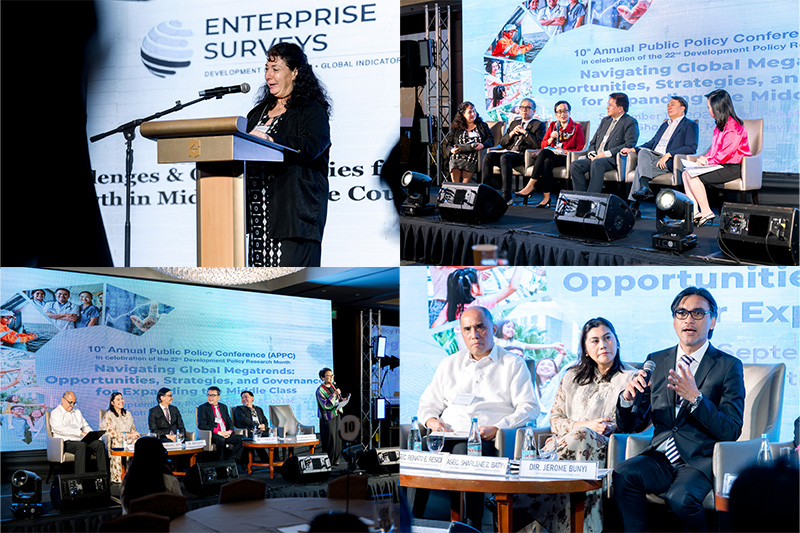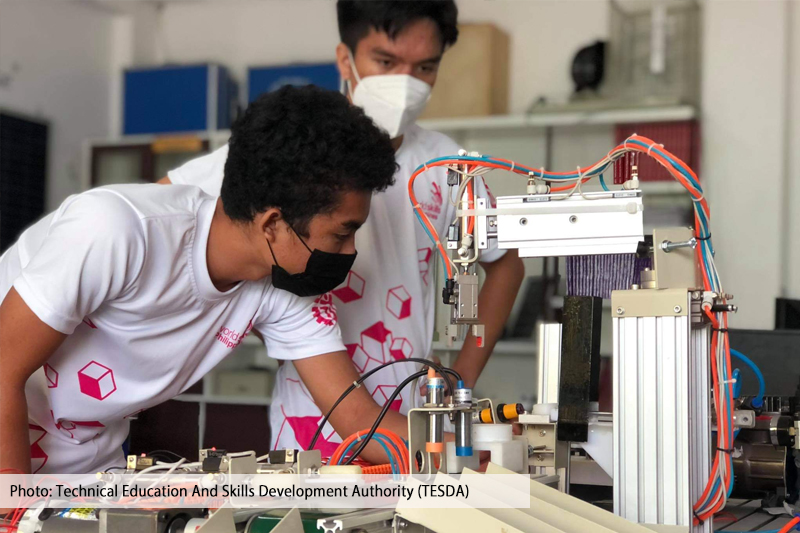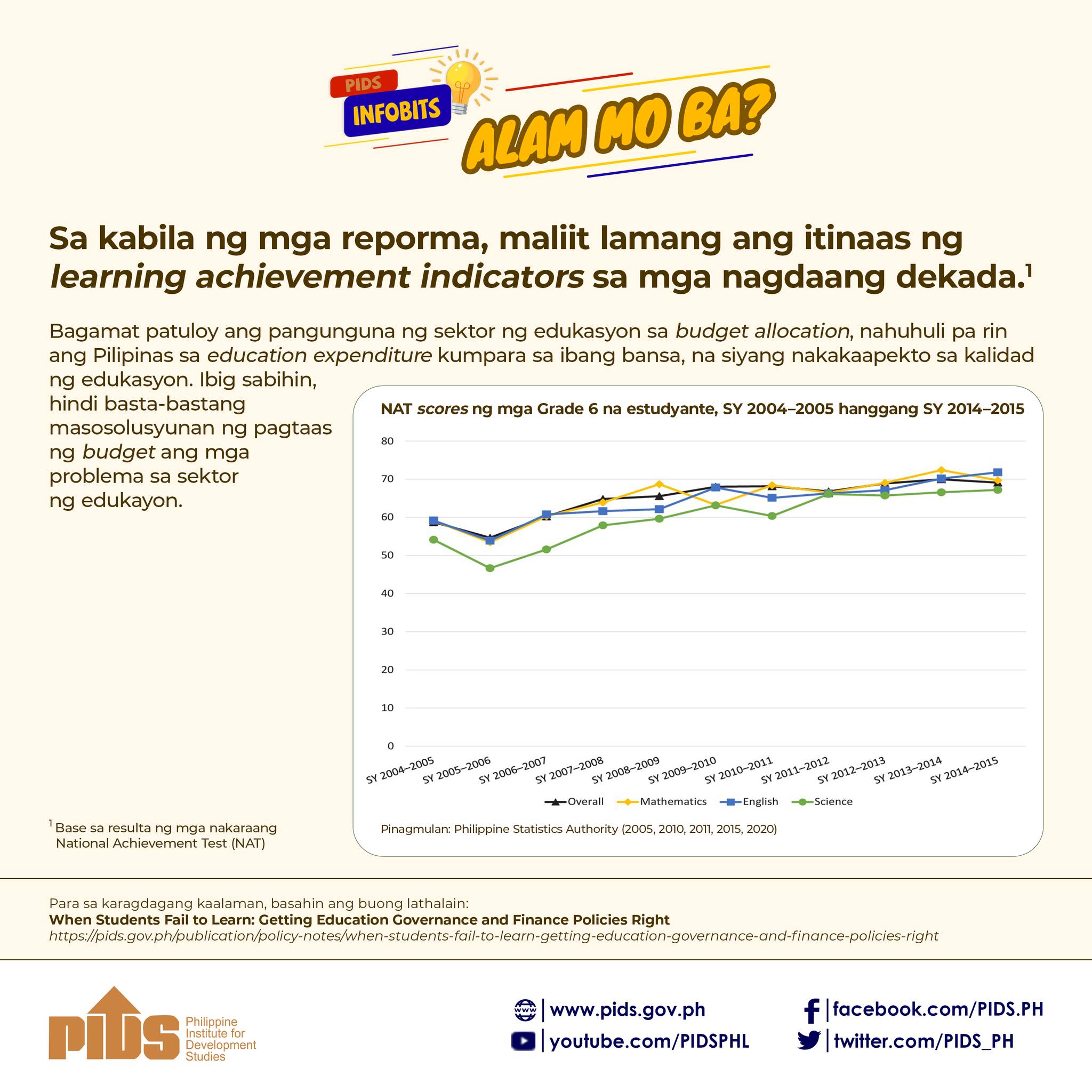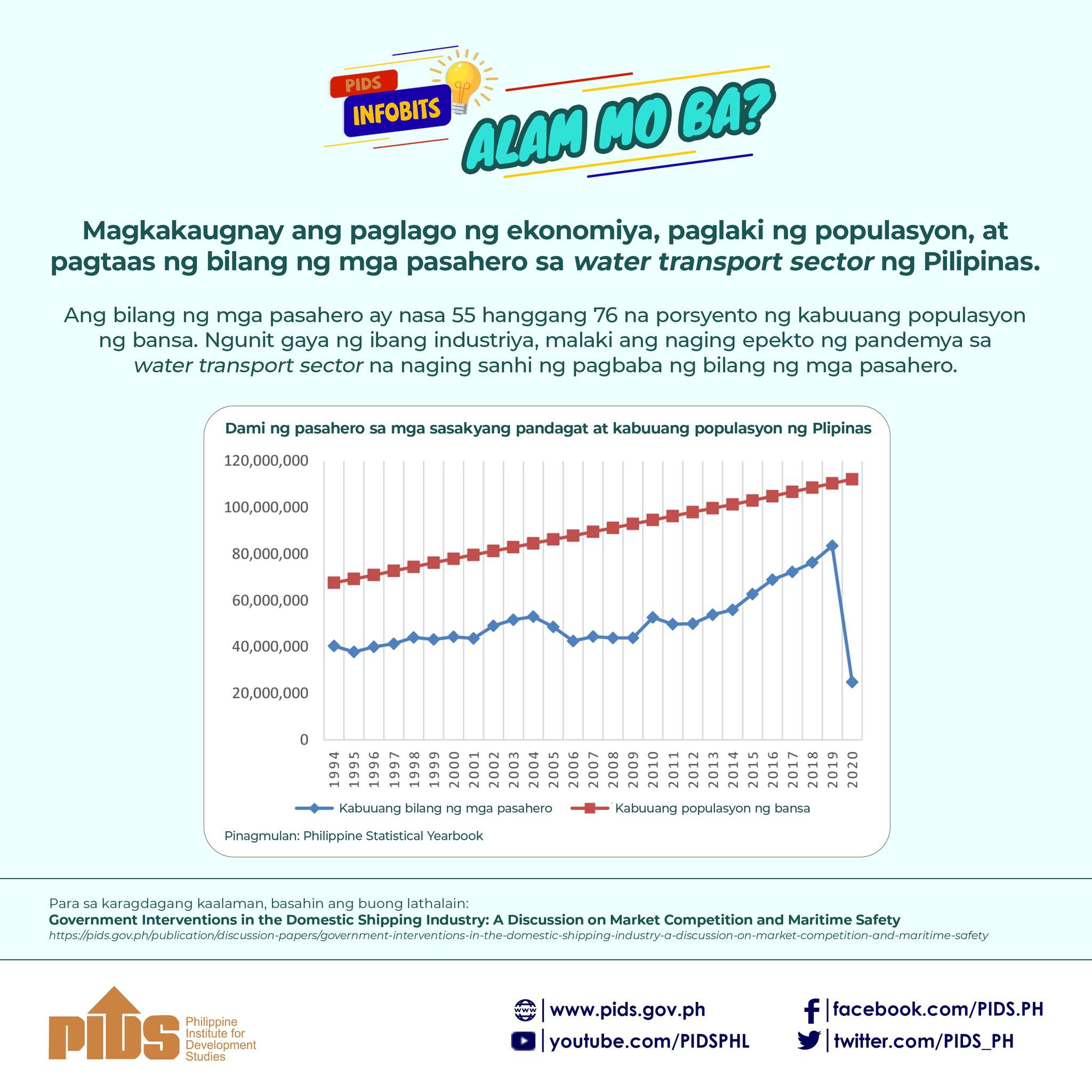Power projects are the biggest recipients of tax incentives, according to a study commissioned by the Trade Department.
The agency said of the total P247.6 billion income tax holiday enjoyed by industries over an eight-year period from 2005 to 2012, power projects cornered 51 percent, or around P126 billion.
Infrastructure projects and mining were the two other major recipients.
The study conducted by the Philippine Institute for Development Studies was commissioned by the Trade Department to determine the extent of assistance needed to help industries grow.
Trade assistant secretary Corazon Halili-Dichosa said socialized housing and agriculture comprised nearly 4 percent each of the total ITH given during the period.
“This means that these sectors still need incentives to strengthen their industries to allow development to take place. These are not underperforming sectors and they have not been receiving the giant’s share of the pie, to correct some misinterpretations,” she said.
Until 2016, housing backlog is still seen at 3.2 million. This is the reason why the government continues to incentivize housing projects asking developers to dedicate a niche of their operations to socialized housing, the study said.
Trade assistant secretary Rafaelita Aldaba said there were certain economic justifications to determine the extent of incentives that should be given to a sector.
“The survival of manufacturing firms is strongly associated with government subsidy. Firms receiving subsidy are more likely to survive than those who are not, particularly SMEs receiving subsidy are less likely to exit than those who are not,” the study said.
The amount of fiscal incentives the government gives to projects is the top reason why investors keep on investing.
The study showed that apart from incentives, other factors considered contributory to the decision for investing in the Philippines were transparent government policy, low tax rate and low tax liability, low incidence of labor strife, legal framework for dispute resolution, political stability, protection of intellectual property, low corruption, very good infrastructures and equal treatment of investors.
The Trade Department said it was aware that incentives should be temporary and performance-based, taking into account the project’s capability to generate employment, ability to address missing gaps in the supply and value chain, create overspill effects and the promotion of a competitive market environment.//
The agency said of the total P247.6 billion income tax holiday enjoyed by industries over an eight-year period from 2005 to 2012, power projects cornered 51 percent, or around P126 billion.
Infrastructure projects and mining were the two other major recipients.
The study conducted by the Philippine Institute for Development Studies was commissioned by the Trade Department to determine the extent of assistance needed to help industries grow.
Trade assistant secretary Corazon Halili-Dichosa said socialized housing and agriculture comprised nearly 4 percent each of the total ITH given during the period.
“This means that these sectors still need incentives to strengthen their industries to allow development to take place. These are not underperforming sectors and they have not been receiving the giant’s share of the pie, to correct some misinterpretations,” she said.
Until 2016, housing backlog is still seen at 3.2 million. This is the reason why the government continues to incentivize housing projects asking developers to dedicate a niche of their operations to socialized housing, the study said.
Trade assistant secretary Rafaelita Aldaba said there were certain economic justifications to determine the extent of incentives that should be given to a sector.
“The survival of manufacturing firms is strongly associated with government subsidy. Firms receiving subsidy are more likely to survive than those who are not, particularly SMEs receiving subsidy are less likely to exit than those who are not,” the study said.
The amount of fiscal incentives the government gives to projects is the top reason why investors keep on investing.
The study showed that apart from incentives, other factors considered contributory to the decision for investing in the Philippines were transparent government policy, low tax rate and low tax liability, low incidence of labor strife, legal framework for dispute resolution, political stability, protection of intellectual property, low corruption, very good infrastructures and equal treatment of investors.
The Trade Department said it was aware that incentives should be temporary and performance-based, taking into account the project’s capability to generate employment, ability to address missing gaps in the supply and value chain, create overspill effects and the promotion of a competitive market environment.//

